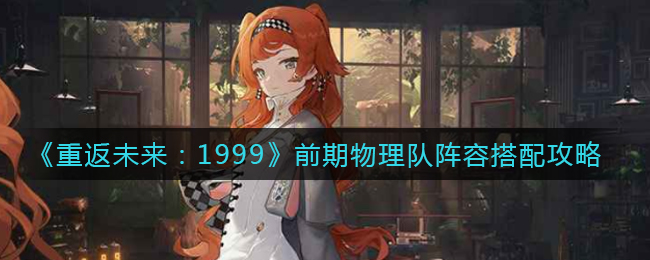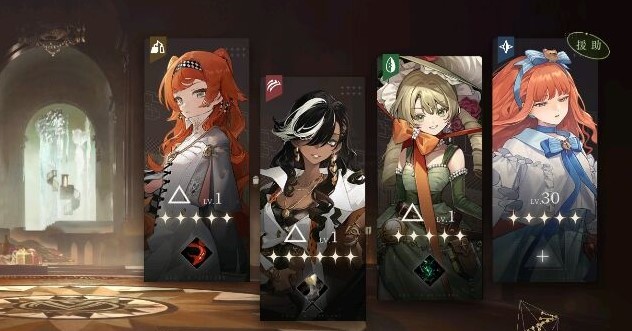In the early game of "Back to the Future: 1999", the physics team lineup is equipped with one hero, one comprehensive position, and one output. So today I will introduce to you the guide to the early game physics team lineup in Back to the Future: 1999. Don't miss it if you are in need. .


This lineup consists of a milk, a comprehensive position, and an output
The early levels are almost not difficult, and the Chopper Team can pass them perfectly by cutting hard.
For now, I recommend Soupby and Balloon Party, especially Soupby, which is quite easy to use. Card 1 is to spread poison on two targets and lasts for two rounds. Card 2 is to restore the life of the whole team at the beginning of the round based on the percentage of Sufubi's attack. It lasts for two rounds. Although it is not a timely recovery of blood, as long as it is not blocked, it can basically be done. Live, and more importantly, her breasts only need one slot to guarantee battery life for two rounds. What is particularly surprising is that her ultimate move can trigger all poisoning and recovery effects after causing damage. The trigger here is not an additional trigger, but consumes all current layers and triggers them all. Although the 2 cards do not restore health in time, the order of 2, 2, and 2 can not only give you a big breast, but also continue to gain milk, and the battery life is simply outrageous.
Comprehensive characters basically do dirty work, either part-time as a nurse or part-time as a field controller. I strongly recommend Sonnet here. A large part of the reason is that most of the miscellaneous soldiers are basic attacks, and Sonnet's When the 1-star card is at 2 stars, it can not only cause damage, but also disarm for one round. At 3-star cards, it can be disarmed for two rounds. Coupled with the protagonist's skills, a 2-star card can be synthesized at the speed of light to hold down the opponent's miscellaneous soldiers who want to activate three times in a row, which can greatly reduce combat losses. The 2nd card is for all allies to attack. When it is one star, the value is low and it is not very cost-effective. When it is 2star, the increase is 20%. You can earn back the remaining two cards and the three cards in the next round by outputting them all. This operation, and basically the additional attack is for the purpose of amplifying the kill, which is not a loss at all. What's more important is that Sonnets is a free card for the first time, which is quite user-friendly.